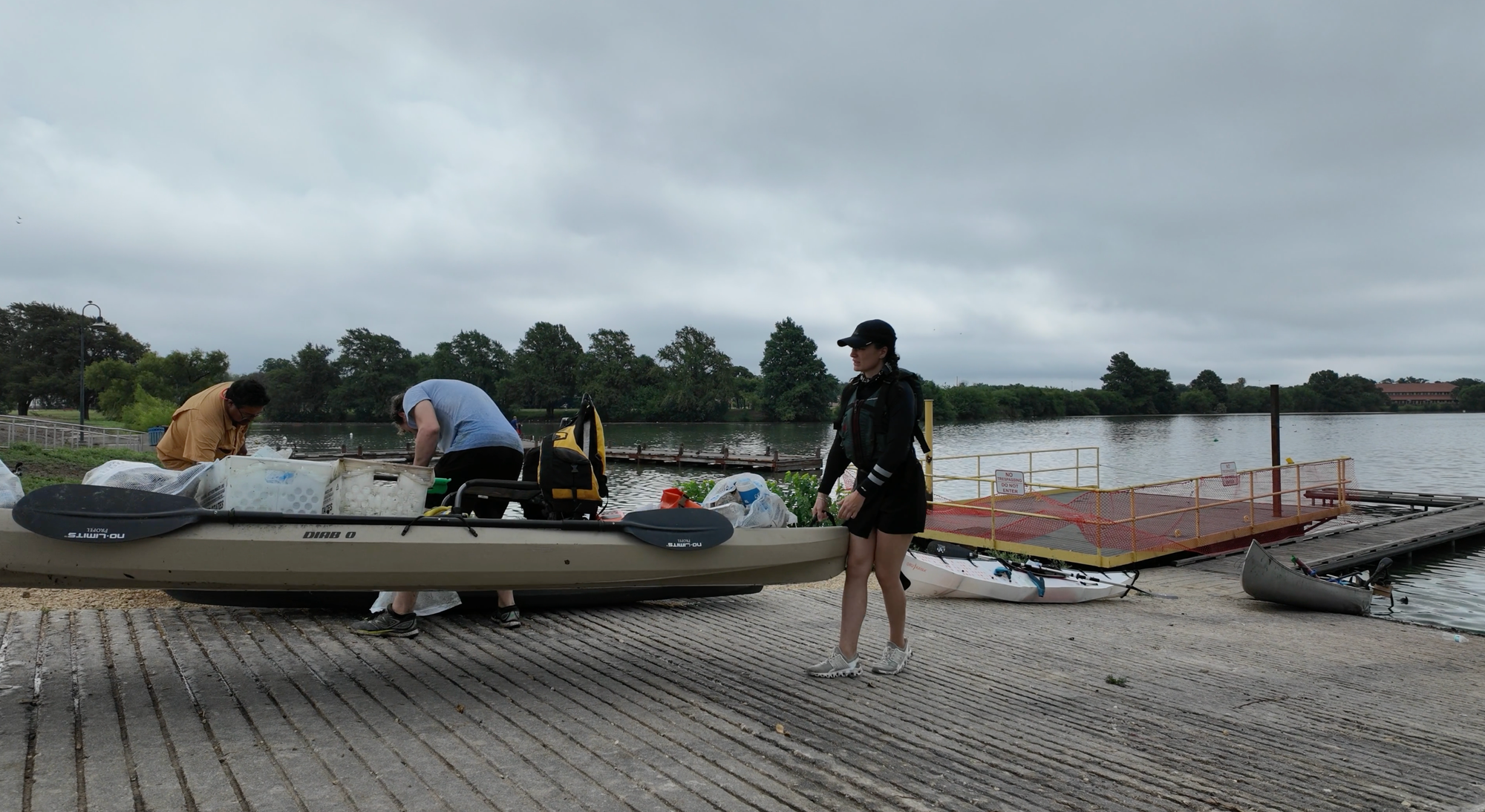The San Antonio River is more than just a body of water. Its water has shaped the history, culture, and development of the city for centuries. The river is the reason San Antonio became San Antonio.
It was the lifeblood for the city’s earliest residents and a refuge for the many indigenous cultures who came before. Yet, today, the relationship between San Antonio and its river can feel strained. Pollution has turned what was once an oasis into something residents prefer to avoid. And as the city grows, the need for sustainable action to protect the river has never been greater.
Reviving the River: A Community Solution to Waterway Pollution
River Aid San Antonio (RASA) has stepped up to the challenge, offering a hopeful response to the pollution plaguing the San Antonio River Basin. Founded in 2021, the nonprofit mobilizes volunteers for cleanups. It has set ambitious goals to not only clear the river of debris but also restore it to a state where the community can once again enjoy its waters safely.
“If not you, then who?” Charles Blank, Executive Director of River Aid San Antonio, asks, capturing the spirit that has rallied over 52,000 volunteers to remove nearly 350,000 pounds of trash from San Antonio’s waterways.
River Aid’s Watershed Cleanup Program serves as a cornerstone of their efforts, holding cleanups at litter hotspots like Salado Creek and Olmos Basin. These sites, once choked with waste, now represent a glimmer of what’s possible with collective action.


Woodlawn Lake after a heavy rain event and the River Aid volunteers preparing kayaks for the cleanup (July 28, 2024).
Trash Traps and Teamwork: A Smarter Way to Clean San Antonio’s Waterways
River Aid’s mission doesn’t stop at cleanups. They are laying the groundwork for long-term infrastructure solutions, such as litter booms, which trap debris before it can flow downstream. By targeting strategic choke points, these systems allow volunteers to work smarter, not harder and dramatically reduce the manpower needed to maintain clean our waterways.
This strategy has proven effective. At Olmos Basin, River Aid volunteers removed over 10,000 pounds of trash, and two years later, the area remains clean. The potential for scalable solutions like this is clear, but they require sustained funding and community buy-in to make a lasting difference.

Roadblocks to River Restoration
Despite their successes, River Aid faces significant hurdles. Funding remains one of the organization’s most pressing challenges. While they’ve built strong partnerships with local governments and businesses, continued financial backing is essential for maintaining and expanding their efforts. The organization is actively working to secure contracts and local support that will provide long-term sustainability.
Beyond funding, another major challenge is changing community behavior. “We can’t fix this problem alone,” Blank admits. River Aid’s cleanups help, but without reducing single-use plastics, improving stormwater infrastructure, and encouraging more sustainable practices, pollution will continue to threaten San Antonio’s waterways. Blank acknowledges that systemic changes are necessary, and the organization is committed to educating the public to encourage these shifts.
A Future Worth Fighting For: The Vision of a Pristine San Antonio River
Charles Blank’s vision of a pristine San Antonio River is both pragmatic and aspirational. “I can tell the pragmatists that we can secure a vision of San Antonio where you can take a two-mile walk along a creek, and you’re not going to see but a few dispersed pieces of trash,” he says, describing what could be achieved within just a few years.
For the dreamers, however, he envisions a future where locals can swim in Salado Creek, fish in the San Antonio River, and reconnect with the water as a place of recreation, not fear.
River Aid’s work demonstrates that a cleaner, healthier San Antonio River isn’t just a dream; it’s a real possibility—if the community acts now.
San Antonio’s relationship with its waterways can and should evolve.
As the city expands, protecting its rivers and creeks becomes more urgent. River Aid San Antonio is leading the charge, but as Blank says, “We will be whatever the San Antonio River needs us to be, and we’ll continue to grow this until our vision is secured.”
For those interested in supporting River Aid San Antonio—whether through volunteering, donating, or simply learning more—the time to act is now. As the city’s waterways flow through its neighborhoods, parks, and historic sites, their future depends on the collective actions of all who call San Antonio home.

Learn More:
1. River Aid San Antonio Official Website–Explore the organization’s mission, join cleanups, and donate to support their efforts. It also includes information about their watershed cleanup program, Basura Bash, and water quality monitoring.
2. Basura Bash–The annual Basura Bash event is one of River Aid’s flagship initiatives, where thousands of volunteers help clean up trash from San Antonio’s waterways. This link gives an overview of the event, details on participation, and the organization’s role in leading it.


